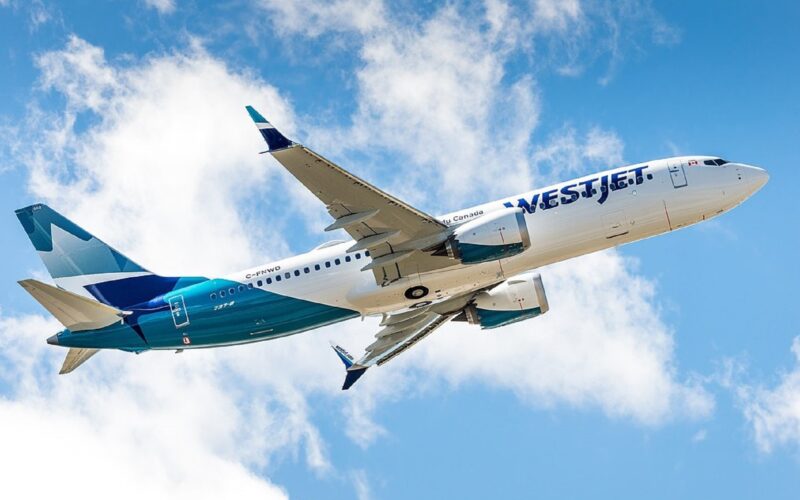Artificial intelligence (AI) tools are becoming part and parcel of many business processes and airlines are no exception.
Ticket pricing is an area in which the ability of Large Market Models (LMM) to analyze large data sets, uncover dynamics that would be hard to detect to the naked eye and take decisions autonomously, can become priceless (pun intended).
In particular, AI tools can give a boost to the airlines’ dynamic pricing capabilities – that is, the constant shifting of prices to meet the market conditions, anticipating demand at any given point in time and increasing the speed and granularity of the fares offered to prospective customers.
One of the companies working in this space is a startup called Fetcherr, which announced in early June 2024 that it had signed up two new airlines to use its Generative Pricing Engine (GPE), namely WestJet and Viva Aerobus.
As such, the Canadian and Mexican low-cost carriers have joined other users of Fetcherr’s AI-driven pricing tool such as Virgin Atlantic, Azul Airlines and Royal Air Maroc.
How does generative pricing based on large market models differ from traditional revenue management tools?
According to Roy Cohen, CEO and Co-Founder at Fetcherr: “Up until now, we’ve been pricing fares a few times a day, and our airline partners have seen significant increases in revenue from this approach. Now, we’re able to price the entire network at the time a search query is made. With real-time pricing, the potential for increased revenue is unprecedented.”

